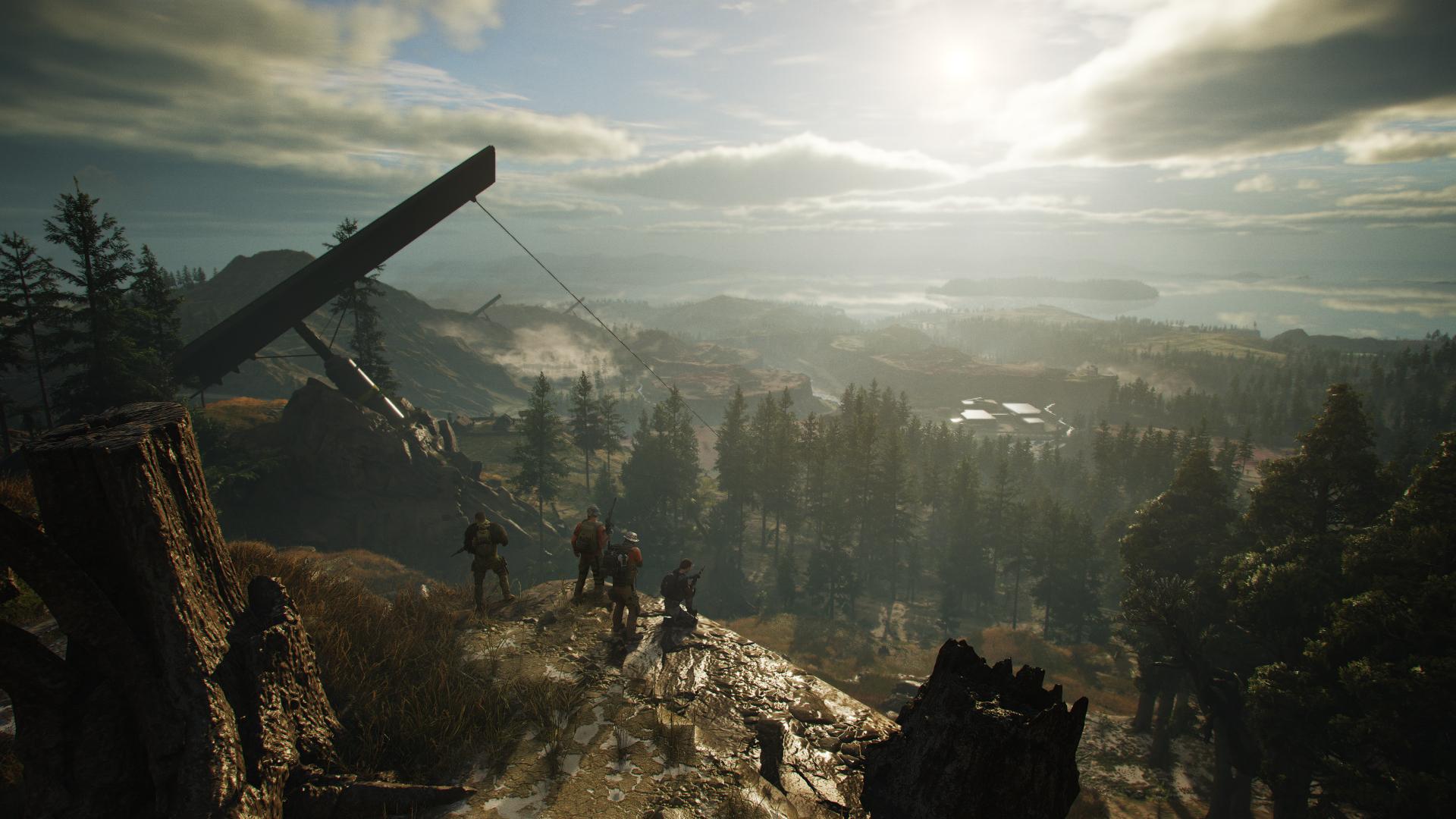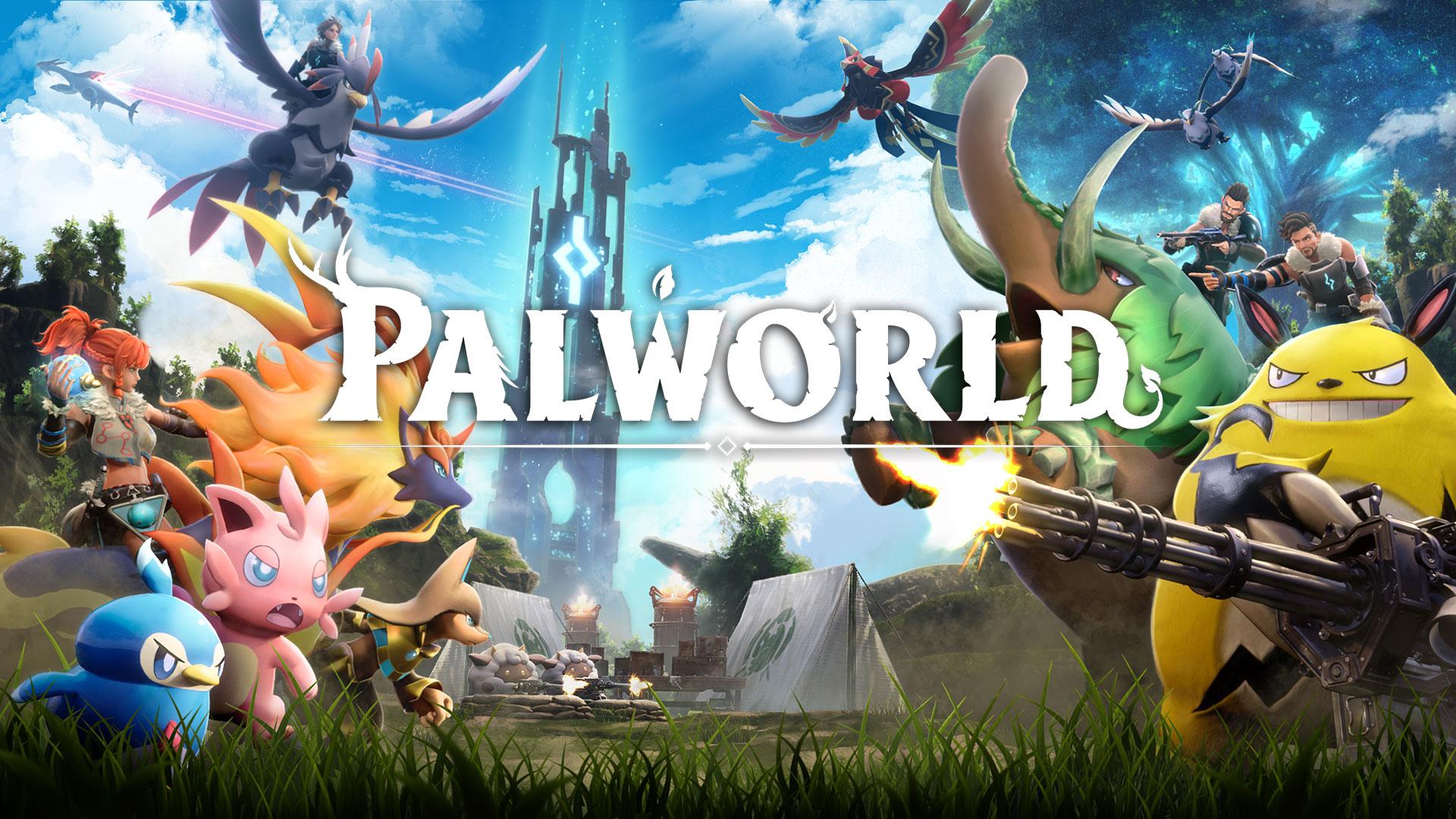Imagine stepping into the shoes of a game developer – the masterminds behind the virtual realms we escape to. From the eerie landscapes of survival horror games to the vibrant cities of open-world epics, every detail, every pixel, and every decision is a testament to their creative prowess. But have you ever wondered what goes on behind the curtain? How do these immersive worlds come to life?
In “The Method: Xbox On Explores How Gaming Worlds are Made,” we delve into the fascinating process of game development, with a focus on studios like Atomfield and their brainchild, Atomfall. By peeling back the layers, we’ll uncover the intricate craftsmanship, the bursts of creativity, and the relentless dedication that shape our favorite gaming experiences. Join us on this journey into the world of game development, where the boundaries of reality are pushed, and the impossible becomes possible.
Behind the Scenes of Atomfall Development
The Game Development Process
Atomfall’s game developers utilize a combination of art, design, and engineering to craft engaging, immersive worlds. A typical development day for the team involves a balance of creative vision and technical problem-solving. The process can be broken down into several key areas, including:
- Concept and ideation: The team brainstorm and develop initial ideas for the game world, its mechanics, and narrative.
- Prototyping: Developers create early versions of the game to test core concepts and make iterations based on feedback.
- Art creation: Artists and designers work together to craft the visual elements, from character and environment designs to animations and special effects.
- Programming and engineering: The engineering team implements game mechanics, physics, and other technical aspects to bring the game world to life.
| Development Stage | Key Activities |
|---|---|
| Pre-production | Concept development, team assembly, project planning, research and reference gathering. |
| Production | Content creation, asset production, programming, testing and iteration, debugging. |
| Polish and Testing | Final polish, bug fixing, optimization, balance testing, and preparation for launch. |

The Art of World Building in Video Games
World-building is an intricate process that requires meticulous attention to detail, and video games offer a unique opportunity to craft immersive and captivating environments. The experience of stepping into a richly detailed world is a hallmark of many successful games, drawing players in and keeping them engaged for hours on end. From the atmospheric lighting of a dark forest to the bustle of a vibrant city, every element contributes to the overall sense of presence and authenticity.
In order to build such worlds, game developers must consider a wide range of factors, including:
- Landscape architecture, encompassing the terrain, geography, and natural features of the environment
- Cultural influences, such as the history, architecture, and customs of the world’s inhabitants
- Tech and magic systems**, including the logic and rules governing how the world’s technology and supernatural elements function
| World | Key Features | Development Considerations |
|---|---|---|
| Atomfall | Dystopian setting, abandoned environments, mutated creatures | Atmospheric lighting and sound design, crafting systems for resource gathering and survival |
| RimWorld | Futuristic setting, planetary colonization, alien species | Complex base-building mechanics, varied alien species with unique behaviors |

Gaming Worlds on Xbox Explained
Gaming worlds are often the first thing that comes to mind when thinking of an immersive gaming experience. With richly detailed environments and complex storylines, they have the power to transport us to new and exciting realities. But have you ever wondered what goes into creating these vast digital landscapes?
The process of building a gaming world is a multifaceted one, involving a wide range of creative and technical skills. From conceptualization to completion, it’s a journey that requires meticulous attention to detail and a deep understanding of the game’s mechanics and narrative. Some of the key elements that make up a gaming world include:
- Environmental Storytelling: The use of in-game environments to tell the story and convey the game’s lore.
- Level Design: The creation of individual levels or missions within the game world.
- Art and Audio: The visual and audio elements that bring the game world to life.
- Gameplay Mechanics: The rules and systems that govern how the player interacts with the game world.
| Game World Component | Description | Example |
|---|---|---|
| Terrain | The landscape and geography of the game world. | The lush forests of Hyrule in The Legend of Zelda: Breath of the Wild. |
| Architecture | The buildings and structures within the game world. | The ancient ruins of the city of Arkon in Dark Souls. |
| Climate and Weather | The atmospheric conditions and weather effects within the game world. | The harsh desert climate of the world of Azeroth in World of Warcraft. |

Insights from Xbox Game Developers
Game developers are often faced with a daunting task: transporting players to entirely new worlds, filled with unique characters, landscapes, and experiences. World-building is a critical component of any gaming development process, requiring meticulous attention to detail and a deep understanding of the game’s lore and atmosphere. For ATOMIK: Jäger, a post-apocalyptic shooter, the world of ATOMIK was created through a combination of conceptual brainstorming, iterative design processes, and thorough playtesting.
The development team for ATOMIK: Jäger identified key features of the game’s world through a mind mapping technique, exploring core themes such as post-apocalyptic environments, factions, and technologies. This process enabled the creation of an exhaustive list of world-building elements:
| Environmental Features | Factions | Technologies |
|---|---|---|
|
|
|
These features allowed the development team to shape an immersive world and craft a unique vision for the game’s universe, demonstrating the complexities and opportunities involved in creating realistic gaming worlds.
How to Create Immersive Environments
When designing immersive environments, game developers consider several factors that draw players in and refuse to let go. These factors can be condensed into three key elements: Visual Fidelity, Audio Design, and Interactive Storytelling.
| Environment Component | Description |
|---|---|
| Visual Fidelity | High-quality textures, detailed character models, and meticulously crafted settings transport players to new and fantastical worlds. |
| Ambient Soundtrack | An immersive soundscape consisting of subtle ambient noises, pulse-pounding scores, and realistic sound effects heighten player engagement and emotional connection. |
| Interactive Storytelling | Player choice, contextual interactions, and immersive narratives create an emotional bond between players and the game world, allowing them to fully invest in their gaming experience. |
Key to creating immersive environments is striking the right balance between these elements. Incorporate too many visual effects, and the gameplay may feel overwhelming; neglect the soundtrack, and the atmosphere falls flat. It’s a delicate balance that separates a memorable experience from a forgettable one.
Consider the following techniques to further immerse players in the world you’ve created:
- Utilize dynamic lighting effects to amplify the sense of realism.
- Create a rich lore with deep, interconnected narratives.
- Encourage player exploration through hidden secrets and rewards.

Innovative Storytelling Techniques Used
Utilizing a combination of gameplay mechanics and atmospheric elements, Atomfall and similar games are revolutionizing the storytelling landscape in gaming. One notable technique is the use of environmental storytelling, where the environment serves as a primary medium for storytelling. This approach allows players to become actively engaged in the game’s narrative, uncovering secrets and piecing together the story through exploration.
Some examples of in game development include:
- Player-led storytelling, where player choices significantly impact the narrative trajectory
- Context-dependent dialogue systems, providing players with more realistic and immersive interactions with non-playable characters (NPCs)
- Immersive sound design, drawing players deeper into the game world through 3D audio and realistic sound effects
- Dynamic, responsive narratives, allowing stories to evolve in real-time in response to player actions
| Storytelling Technique | Description |
|---|---|
| Modular narrative structures | Breaking down narratives into modular elements, allowing for greater flexibility and adaptability in storytelling |
| Multiple narrative paths | Offering players multiple branching narratives, promoting replayability and diverse player experiences |

Xbox Exclusive Features and Capabilities
Xbox is known for its innovative features that elevate the gaming experience. One such feature is the Smart Delivery, which allows players to access the best version of a game across different Xbox devices, including Xbox Series X, Xbox Series S, and Xbox One. This means that gamers can enjoy seamless play without worrying about compatibility issues.
In addition to Smart Delivery, Xbox offers Quick Resume, a feature that enables players to switch between multiple games in seconds. This feature is especially useful for gamers who want to play multiple games simultaneously or try out different games without losing their progress. Furthermore, Xbox features a Dynamic Soundtrack, which generates a unique soundtrack for each player based on their gaming experience.
Xbox also includes the following exclusive features:
- Cloud Gaming: Play Xbox games on any device with internet access.
- Xbox Share: Share gaming clips and screenshots with friends and online communities.
- Backward Compatibility: Play classic Xbox games on Xbox Series X, Series S, and Xbox One.
Here’s a comparison of Xbox exclusive features with other gaming platforms:
| Feature | Xbox | PlayStation | Nintendo Switch |
|---|---|---|---|
| Cloud Gaming | Supported | Supported | Not available |
| Backward Compatibility | Supported | Partial support | Partial support |
Wrapping Up
As the credits roll on our journey through the creative realms of game development, one thing is clear: the art of world-building is a delicate dance of imagination, technical prowess, and passion. From the radiation-scarred landscapes of Atomfall to the countless other worlds waiting to be discovered, gaming’s greatest realms are more than just backdrops – they’re fully-realized dimensions that invite us to explore, to dream, and to immerse ourselves in the infinite possibilities of the digital realm.
As the teams at Xbox On shed light on the innovative methods and masterful craftsmanship that bring these worlds to life, we’re reminded that the magic of gaming is not just in the gameplay itself, but in the painstaking attention to detail, the bold experimentation, and the unwavering dedication that go into crafting these imaginative worlds.
Join us next time as we delve into more behind-the-scenes stories of game development, and discover the hidden secrets behind the most breathtaking, awe-inspiring, and thought-provoking worlds in gaming today.






